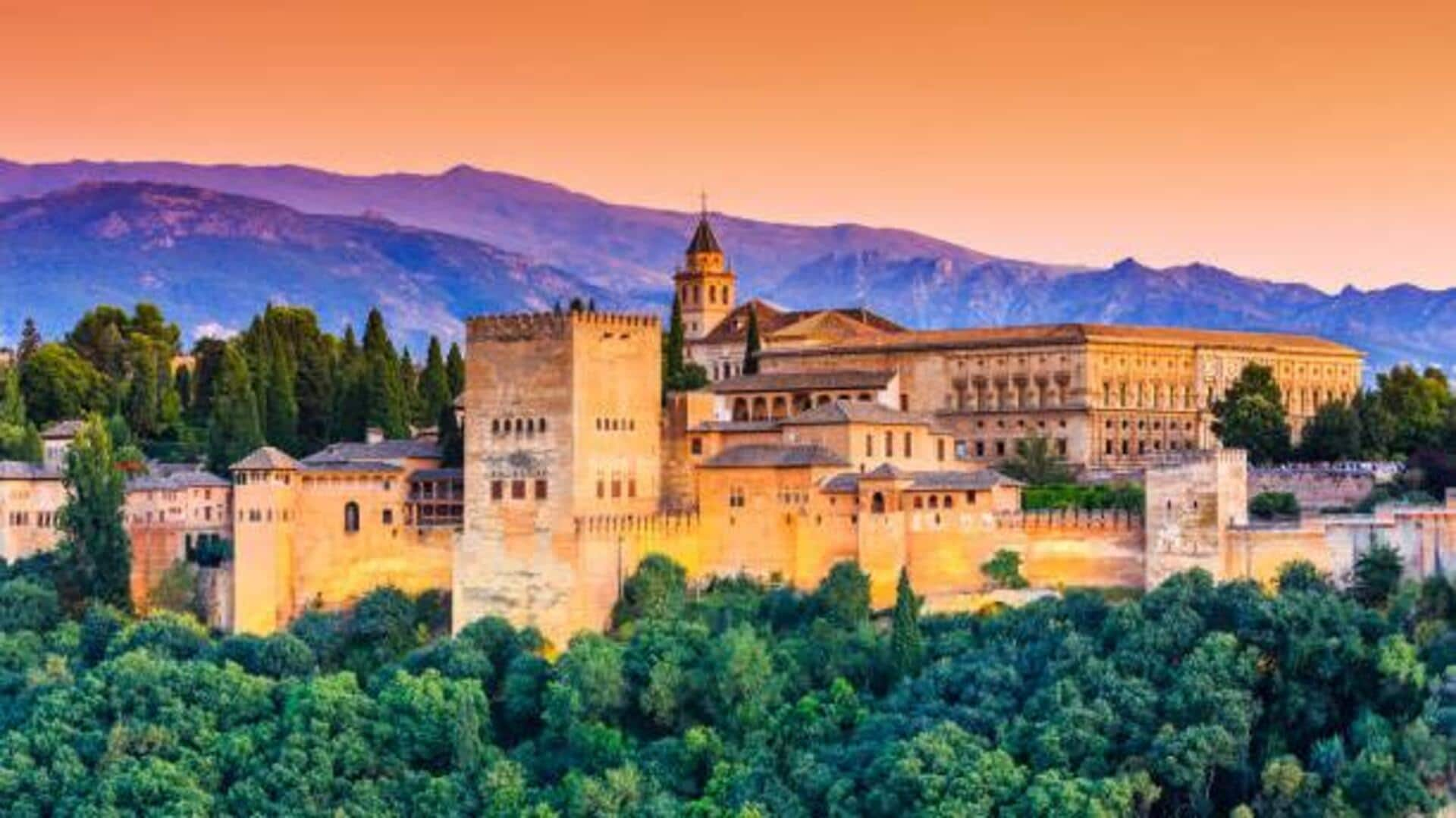
Explore Southern Spain's unique mud architecture
What's the story
Southern Spain is famous for its unique mud architecture, a testament to the region's rich history and cultural diversity. The architectural style, defined by the use of earth and natural materials, offers a fascinating glimpse of traditional building techniques. The various regions where these structures stand as enduring symbols of sustainable living and historical significance can be explored. Here are some key areas in Southern Spain where you can explore mud architecture.
Alhambra
Granada's Alhambra: A historical marvel
Granada's Alhambra is perhaps the most iconic example of mud architecture in southern Spain. This UNESCO World Heritage site is a stunning showcase of intricate designs and craftsmanship from earth-based materials. The palace complex has beautiful courtyards, detailed stucco work, and impressive tile mosaics that reflect the artistic achievements of its time. Visitors can wander through its halls to appreciate the blend of Islamic art and architecture that defines this historic landmark.
Mezquita
Cordoba's Mezquita: Architectural fusion
The Mezquita in Cordoba displays architecture with a mix of styles. Originally, a mosque, it turned into a cathedral, displaying an architectural fusion. It has arches made from brick and stone and delicate plasterwork, common in construction. This site demonstrates how the variety of cultures have shaped the architecture over the years.
Alcazar
Seville's Alcazar: Royal residence
Seville's Alcazar is an exquisite specimen of Moorish-inspired mud architecture with later Renaissance touches. As you walk through its lavish rooms decorated with ornate tiles and intricately carved ceilings, you'll realize why this royal residence continues to be a favorite with tourists even today. The palace's garden also adds to its charm by offering quiet spaces to reflect amid lush greenery.
White villages
Ronda's white villages: Rustic charm
Ronda's white villages flaunt typical homes constructed from local resources, clay bricks or adobe blocks blended with straw. The technique, which is still practiced, provides sustainability benefits such as natural insulation from the heat during summer and warmth during winter. It minimizes dependence on modern energy sources, making these villages perfect for eco-conscious travelers looking for authentic experiences away from the city.